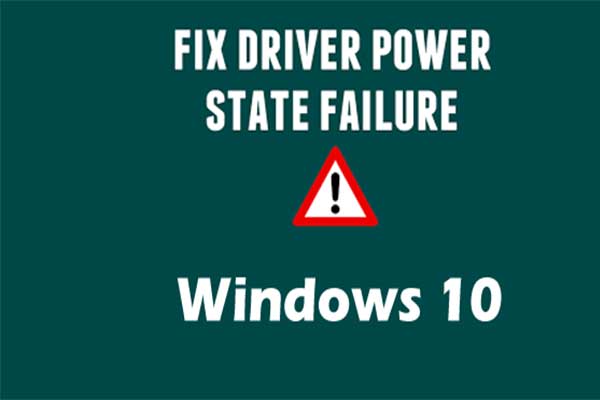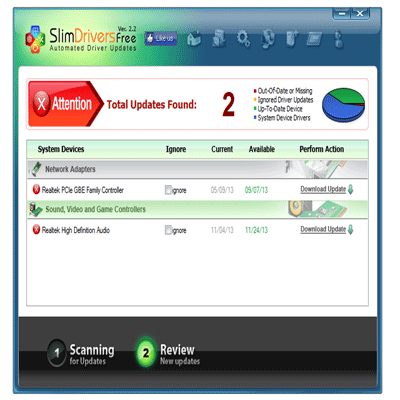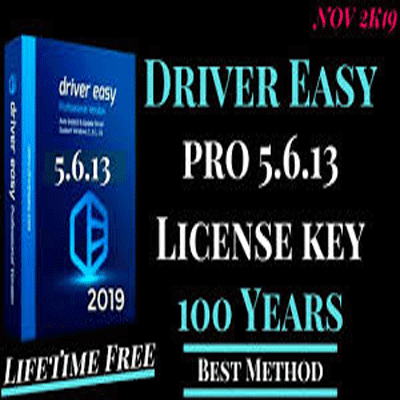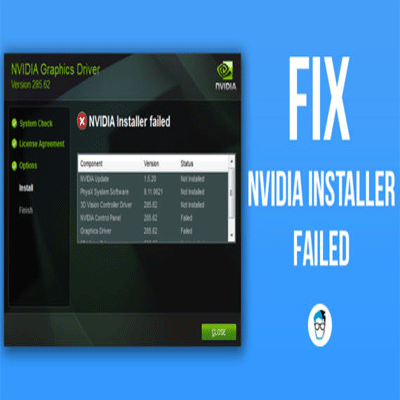YouTube, the world’s largest video-sharing platform, has become an integral part of our lives. Whether we seek entertainment, education, or inspiration, YouTube has it all. However, it’s no secret that YouTube is notorious for the abundance of ads it displays. Have you ever wondered why you have to sit through so many ads while watching your favorite videos? In this article, we will delve into the reasons behind YouTube’s ad-heavy experience, exploring the ad ecosystem that sustains the platform’s vast content library.
Why Does YouTube Have So Many Ads?
To understand why YouTube features an extensive array of ads, we must consider its business model and the mechanisms that drive its revenue. The primary reasons for the surplus of ads on YouTube are:
1. Monetization for Creators
YouTube provides a platform for content creators to share their videos with a global audience. However, creating high-quality videos demands time, effort, and resources. To incentivize creators to produce engaging content regularly, YouTube offers various monetization options, including ad revenue sharing. Ads enable creators to earn money from their content, encouraging them to continue producing valuable videos.
2. Supporting Free Content
YouTube is free to use for its vast user base, and the revenue generated from ads subsidizes the cost of maintaining and running such a colossal platform. Without ads, YouTube might need to charge users for access, making it less accessible to many, especially in regions with economic constraints.
3. Revenue Generation for Google
As a subsidiary of Google, YouTube contributes significantly to Google’s overall revenue. Advertising is the primary revenue stream for both companies. By showing ads on YouTube, Google can monetize its vast user base and invest in improving the platform’s features and infrastructure.
4. Personalized User Experience
YouTube utilizes advanced algorithms to tailor the ad experience to each user. By analyzing user data and preferences, YouTube can display ads that are more relevant and engaging, thereby increasing the likelihood of ad interaction and conversions for advertisers.
5. Diverse Advertising Formats
YouTube offers various ad formats, such as skippable video ads, non-skippable ads, display ads, and sponsored cards. This diversity allows advertisers to choose the format that best suits their marketing objectives, leading to a broader range of ads shown to users.
6. Competition Among Advertisers
The popularity of YouTube attracts numerous advertisers vying for ad space. This high demand for advertising opportunities creates competition, leading to an increased number of ads to accommodate all interested advertisers.
7. YouTube Red and Premium Subscriptions
YouTube offers a premium subscription service called YouTube Red (now YouTube Premium), where subscribers can enjoy ad-free videos, background play, and offline viewing. To cater to both ad-supported users and premium subscribers, YouTube maintains a balance by displaying ads for non-subscribers.
How Does YouTube’s Ad Ecosystem Work?
Understanding the functioning of YouTube’s ad ecosystem is crucial in comprehending the ad prevalence on the platform. The ad ecosystem involves the following key players:
1. Advertisers
Advertisers are businesses, individuals, or organizations that want to promote their products or services. They create ads and bid for ad placements on YouTube through Google Ads, an advertising platform managed by Google.
2. Google Ads
Google Ads is a powerful advertising platform where advertisers create and manage their ad campaigns. Advertisers set their budgets, target audiences, and ad formats, and then bid for ad placements on YouTube.
3. Content Creators
Content creators, often referred to as YouTubers, are individuals or groups who produce videos on various topics. They apply to the YouTube Partner Program (YPP) to monetize their content through ads.
4. YouTube Viewers
YouTube viewers are users who watch videos on the platform. They have access to a diverse range of content, both ad-supported and premium, based on their preferences.
5. YouTube’s Ad Algorithm
YouTube’s ad algorithm analyzes user behavior, search history, and engagement to deliver personalized ads to each viewer. The algorithm ensures that ads shown are relevant to users, increasing the likelihood of ad engagement.
6. YouTube’s Revenue-Sharing Model
YouTube’s revenue-sharing model involves sharing a portion of ad revenue with content creators. Creators receive a percentage of the revenue generated from ads displayed on their videos, incentivizing them to create more content.
The Impact of YouTube Ads on Creators and Advertisers
The prevalence of ads on YouTube has both positive and negative implications for content creators and advertisers:
For Creators:
- Monetization Opportunities: Ads provide creators with a source of income, allowing them to sustain their channels and invest in better equipment and production quality.
- Motivation for Content Creation: The revenue potential from ads motivates creators to consistently produce engaging content and build their audience base.
- Balancing Viewer Experience: Creators must strike a balance between ad placements and maintaining an enjoyable viewer experience to retain their audience.
For Advertisers:
- Vast Reach: YouTube’s extensive user base offers advertisers the opportunity to reach a global audience, expanding their brand’s visibility.
- Targeted Advertising: YouTube’s ad targeting options enable advertisers to reach specific demographics and interests, maximizing ad relevance and effectiveness.
- Measurable Results: Advertisers can track ad performance, including impressions, clicks, and conversions, allowing for data-driven optimization of their campaigns.
FAQs
Why do YouTube ads sometimes appear before the video starts?
YouTube often displays pre-roll ads, which appear before the main video starts, as they tend to grab viewers’ attention more effectively. This placement ensures maximum visibility for the advertiser.
Can I skip YouTube ads?
Many ads on YouTube are skippable after a few seconds. However, some ads, like non-skippable ads, require viewers to watch the full ad before accessing the video content.
How does YouTube decide which ads to show me?
YouTube’s ad algorithm considers various factors, such as your search history, viewing behavior, and demographic information, to deliver ads tailored to your interests and preferences.
Are YouTube ads personalized for each viewer?
Yes, YouTube’s ad algorithm personalizes ads for each viewer based on their online behavior and interests, aiming to increase ad engagement and relevance.
What are YouTube Premium subscriptions?
YouTube Premium subscriptions, formerly known as YouTube Red, offer an ad-free experience, background play, and offline downloads. Subscribers pay a monthly fee to access these features.
Can I opt out of YouTube ads?
While you cannot completely opt out of ads on the free version of YouTube, subscribing to YouTube Premium allows you to enjoy an ad-free experience.
Does YouTube Premium support all videos?
Most videos on YouTube are available to YouTube Premium subscribers without ads. However, some content may not be part of the Premium offering.
Can YouTubers control the frequency of ads on their videos?
Creators can choose the ad format and frequency for their videos to some extent, but it must comply with YouTube’s ad policies.











